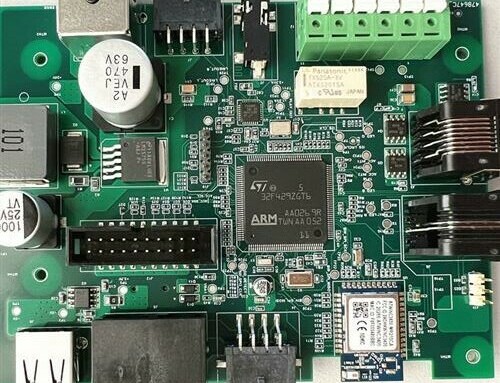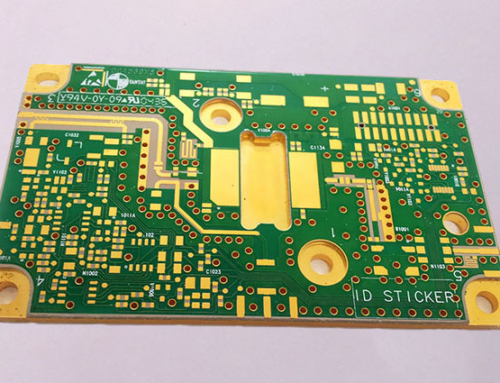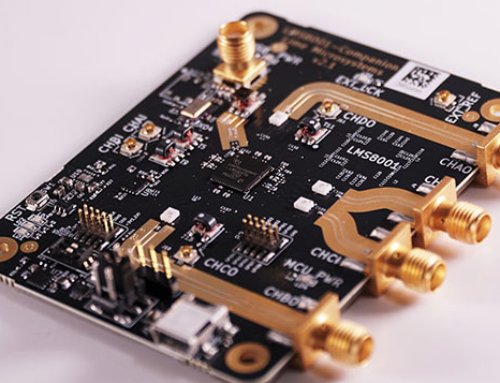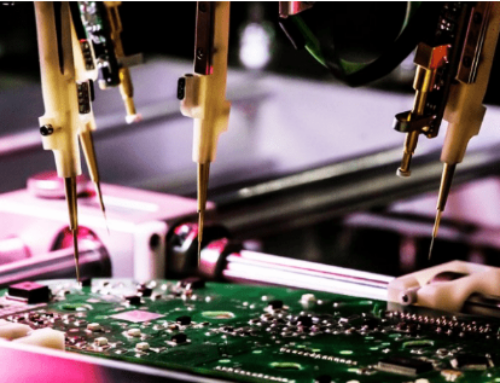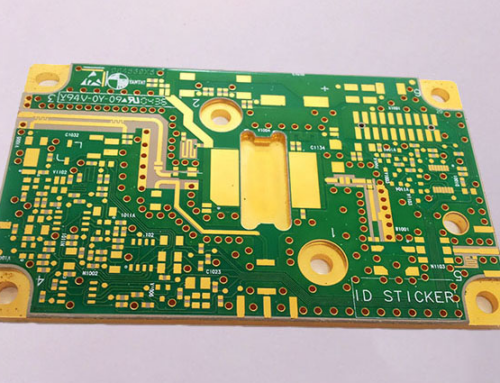Ceramic PCB Soldering: The Future of Electronics Assembly
In the fast-paced world of electronics, innovation is the key to success. As technology
continues to advance, manufacturers are constantly seeking new ways to improve the
performance and reliability of electronic devices. One such innovation that has gained
significant attention in recent years is ceramic PCB soldering. This cutting-edge technique
offers numerous advantages over traditional methods, making it the future of electronics assembly.
Ceramic PCBs, also known as ceramic printed circuit boards, are a revolutionary alternative
to conventional PCBs. They are made from a combination of ceramic materials, such as
alumina or aluminum nitride, which offer exceptional thermal conductivity, electrical insulation,
and mechanical strength. These properties make ceramic PCBs ideal for high-power applications,
where heat dissipation and reliability are crucial.
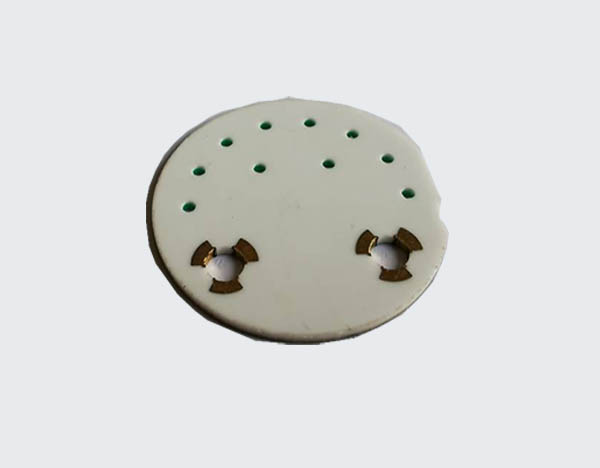
When it comes to soldering, ceramic PCBs provide several benefits that set them
apart from traditional PCBs. Firstly, their high thermal conductivity allows for efficient
heat transfer during the soldering process. This means that components can be
soldered at higher temperatures, resulting in stronger and more reliable solder joints.
Additionally, the excellent electrical insulation of ceramic PCBs prevents any short
circuits or electrical leakage, ensuring the integrity of the electronic circuit.
Furthermore, ceramic PCBs offer enhanced durability and resistance to harsh environments.
Unlike traditional PCBs, which are prone to damage from moisture, chemicals, and temperature
fluctuations, ceramic PCBs can withstand extreme conditions without compromising their
performance. This makes them highly suitable for applications in industries such as aerospace,
automotive, and telecommunications, where reliability is paramount.
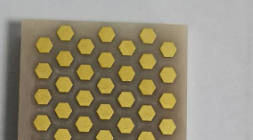
The soldering process for ceramic PCBs requires specialized techniques and equipment.
One commonly used method is laser soldering, which utilizes a high-powered laser to
heat and melt the solder. This precise and controlled process ensures that the solder
adheres to the ceramic surface without damaging the board or components. Another
technique is reflow soldering, where the PCB is heated in a controlled atmosphere to
melt the solder and create strong bonds.
As the demand for smaller and more powerful electronic devices continues to grow,
ceramic PCB soldering offers a solution. The compact size and high thermal conductivity
of ceramic PCBs allow for the efficient dissipation of heat, enabling the design and
manufacturing of smaller, yet more powerful, electronic products. This is particularly
advantageous in applications such as smartphones, wearables, and IoT devices,
where space is limited.
In conclusion, ceramic PCB soldering represents a significant advancement in electronics
assembly. Its unique properties, including high thermal conductivity, electrical insulation,
and durability, make it the future of PCB technology. As industries strive for increased
performance, reliability, and miniaturization, ceramic PCBs provide a reliable and
efficient solution. With specialized soldering techniques and equipment, manufacturers
can harness the full potential of ceramic PCBs and revolutionize the electronics industry.
Other PCB products, you may interesting










